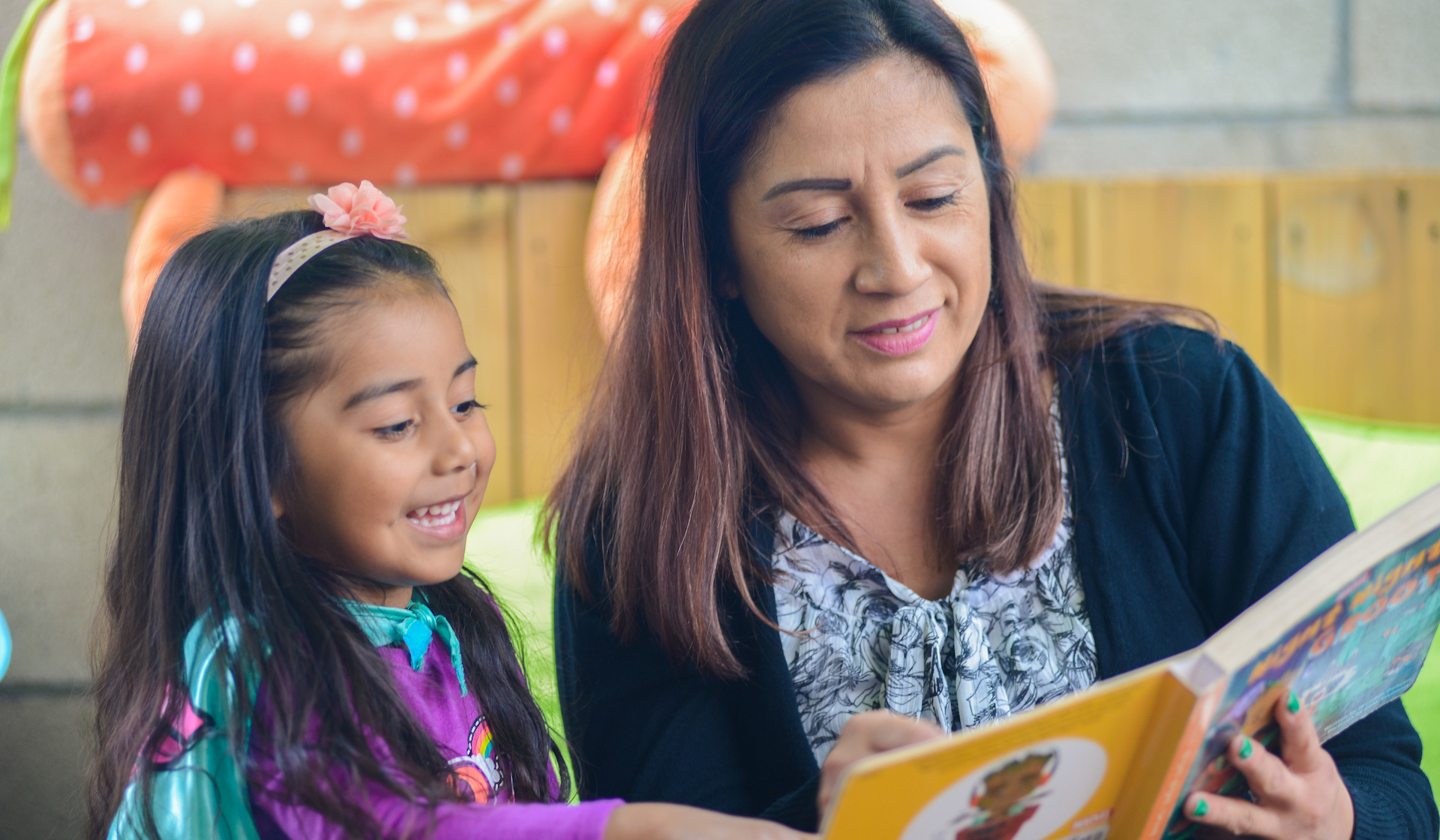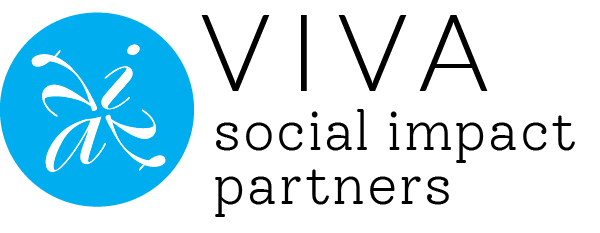
The Opportunity
LA County is home to nearly 10 million people, and 25% of the children in the state of California. As a County where nearly a quarter of the children under the age of 5 live below the poverty line and half speak a language other than English at home, Los Angeles County faces unique challenges within its early childhood development systems. High-quality early childhood education is foundational for every child’s ability to thrive in kindergarten and beyond, and research shows that these early years are especially pivotal for low-income children and English language learners.
Instrumental in maintaining high standards for early learning are quality rating and improvement systems (QRIS): a nationwide effort to ensure that all children 0-5 have access to high quality programs. QRIS supports early childhood educators to raise their quality by assessing them and providing targeted training, coaching, and resources.
LA County - with more than 10,000 early childhood education providers - has a long history of quality improvement initiatives and was operating two separate QRISs.
When IMPACT funds were released in 2015 LA County was presented with a window of opportunity to build a unified quality improvement system to support providers and improve outcomes for young children.
First 5 LA contracted with VIVA Social Impact Partners (VIVA) to design and facilitate a countywide QRIS that would eventually become Quality Start LA (QSLA), while also laying the groundwork for continuous testing, learning, and scaling.
Shared Objectives
Throughout the first pivotal three-years of VIVA’s relationship with QSLA, VIVA worked with First 5 LA to create a blueprint for implementation by providing strategic consultation, facilitating conversations, and offering backbone support to transform the plan into action. Together, VIVA and First 5 LA worked toward the following goals:
- Convene stakeholders to learn about best practices and how the systems had historically operated
- Define the parameters and metrics of success for a countywide system
- Build a model for the integrated QRIS system that can be tested and refined as required when scaling
After this large-scale systems building project, VIVA’s scope was expanded in 2020 to advance community engagement efforts that would guide QSLA’s strategic direction and prioritization.
